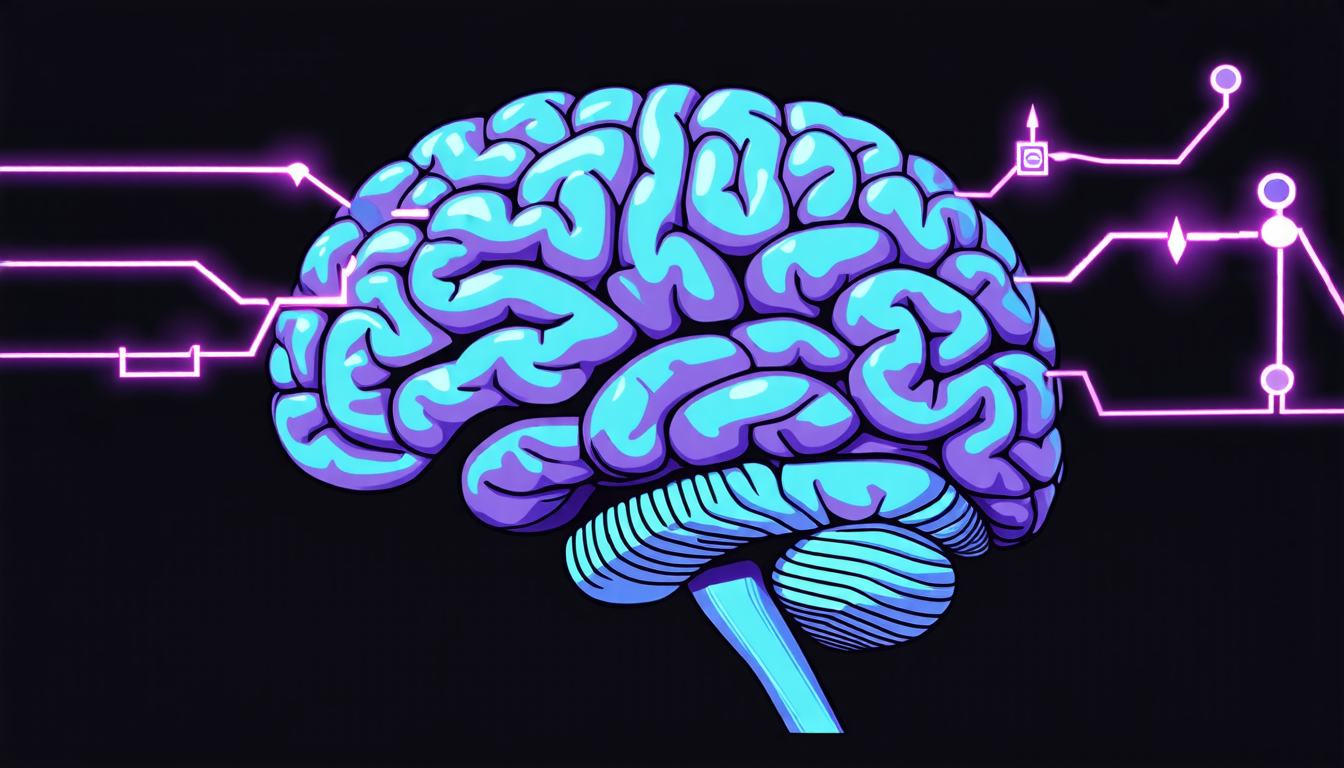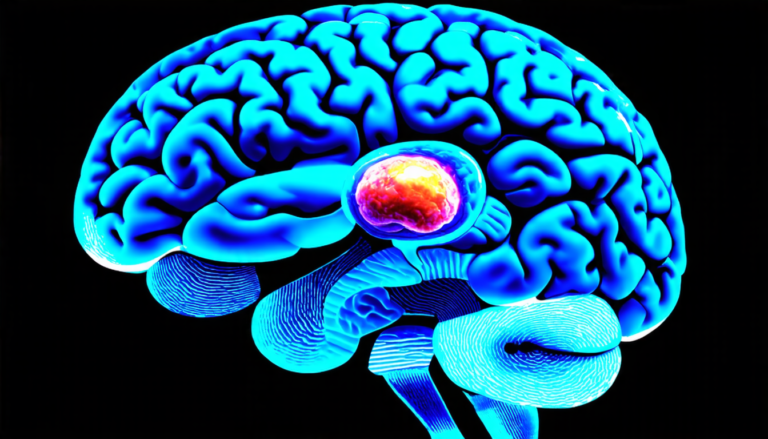Saturday 31 May 2025
In a breakthrough that could revolutionize our understanding of the human brain, scientists have developed a new model that can accurately identify and interpret the electrical activity in our minds. This innovative approach uses a combination of machine learning algorithms and neural networks to analyze electroencephalogram (EEG) signals, which are generated by the brain’s electrical impulses.
The brain is a complex organ, made up of billions of neurons that communicate with each other through electrical and chemical signals. These signals can be measured using EEGs, which record the electrical activity in the brain over time. By analyzing these signals, researchers have been able to identify patterns and rhythms that are associated with different mental states, such as relaxation or attention.
However, until now, interpreting these signals has been a challenging task. Previous methods relied on manual analysis by experts, which was both time-consuming and prone to error. The new model, developed by a team of researchers from several institutions, uses machine learning algorithms to automatically analyze the EEG signals and identify patterns that are associated with specific mental states.
The model is based on a combination of three key components: an impulsive-attention neural network, a variational autoencoder (VAE), and a generative brain network. The first component, the impulsive-attention neural network, is designed to mimic the way our brains process information. It uses attention mechanisms to focus on specific parts of the EEG signal and ignore irrelevant information.
The second component, the VAE, is a type of machine learning algorithm that is designed to learn the underlying structure of the EEG signals. It does this by compressing the high-dimensional data into a lower-dimensional representation, which can be used for analysis and interpretation.
The third component, the generative brain network, is a neural network that is designed to generate new EEG signals based on the patterns it has learned from the training data. This allows researchers to simulate different mental states and test their theories in a virtual environment.
To test the model’s accuracy, the researchers used it to analyze EEG signals from 18 healthy individuals while they were performing different mental tasks. The results showed that the model was able to accurately identify the mental state associated with each EEG signal, even when the signals were distorted or corrupted.
This breakthrough has significant implications for our understanding of the human brain and its role in mental health.
Cite this article: “Deciphering the Mind: A Breakthrough in Brain Signal Analysis”, The Science Archive, 2025.
Eeg Signals, Machine Learning Algorithms, Neural Networks, Brain Activity, Electroencephalogram, Mental States, Attention Mechanisms, Variational Autoencoder, Generative Brain Network, Cognitive Computing







